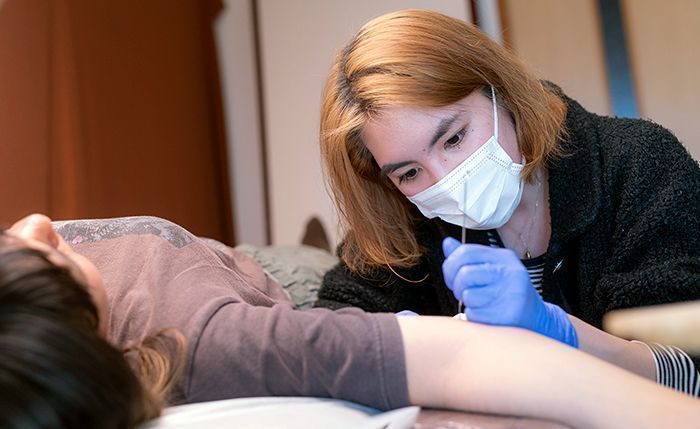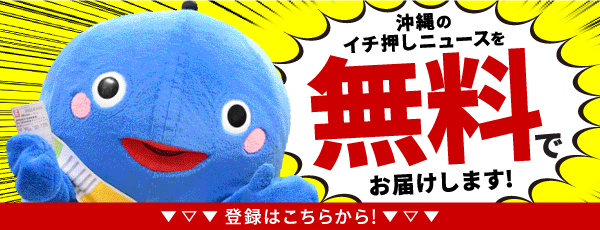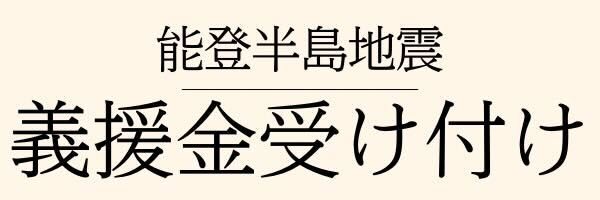
Hajichi, an Okinawan Tribal Tattoo were introduced to the Ryukyu Arc. Tracing its footprints, it overlaps with the history of the Ryukyu Islands, which survived through times of hardship and oppression. That is why Ms. Moeko Heshiki (29), a hajichaa (hajichi artist) from Tokyo, hand-engraves each hajichi, out of respect.
■ ■ ■
Hajichis has a long history. Records date back to 1534, when Chen Kan visited the Kingdom of Ryukyu as an official envoy to the Ryukyu Kingdom, and later wrote "Shi-Ryukyu-Roku (Report of a Commision to Ryukyu)”. Hajichi was introduced to the Ryukyu arc from Yonaguni Island to Kikai Island and also in Taiwan. It was seen as a rite of passage such as coming of age and marriage, as well as a ticket to Nirai-kanai, a paradise after death that is believed in Okinawan folk religion.
However, after the Japanese government annexed the Ryukyu Kingdom, they prohibited tattoos in 1899. This was part of a movement to revise and abolish Okinawa's unique customs and practices, known as the "lifestyle improvement movement," in order to assimilate Okinawa into Japan. The Ryukyu Shimpo newspaper of that time also played a part.
After the war, the ban was lifted, but the brand of "barbaric customs" remained, and people practiced hajichi any longer. All that remained in the photographs documenting Hajichi in the 1990s were elderly women. People were left with only a melancholy image of the past. Ms. Heshiki however, had a completely different view. “Cool. It’s nice.”, a friend she met in Germany during her study abroad told her, when she explained that it was a traditional Okinawan tattoo. “I was so proud," Ms. Heshiki recalls. That memory made her want to have hajichi fully on both her hands, just like the women of Ryukyu used to do.
■ ■ ■
After returning to Japan, she went to work for a tribal tattoo artist Taku Oshima to crave hajichi. He casually told me, "You should try it yourself”. After learning that there were very few tattoo artists who specialized in hajichi, she decided to practice it herself. Since then, she has learned the technique while having Hajichi tattooed on her. She also learned the "hand poke" technique from Ms.Tamaki Hanzawa, who specializes in hand-engraving. After completing all of the Hajichi, she started "Hajichi Project" on her Instagram and Twitter in January 2021, and began working as a hajichaa.
On Instagram, she posts about the history and meaning of Hajichi in order to raise awareness. She also introduced her own handwritten-patterns making use of her painting skills, as well as documents she used to use in both English and Japanese. Because tattoos are seen as a sign of ethnic identity in other countries, she also drew attention from Uchinanchu overseas. Her story was picked up by an English-language magazine and became a hot topic of conversation.
■ ■ ■
Ms. Heshiki has craved hajichi for about 50 people, not only from Okinawa, but also from people outside of the prefecture and are interested in Okinawan culture. However, she does not want to blindly promote hajichi. “I want this to be an opportunity for people to learn about Okinawa, which is more than just its beautiful seas. I try to engrave only for people who have respect for Okinawa”.
There is no current ban on hajichi. However, prejudice against tattoos persists, with some hot springs and swimming pools restricting access. It is not clear whether Ms. Heshiki's efforts will be accepted, or whether they will take root in new areas. Still, Ms. Heshiki says, "I want to tour the island as I used to”. She likened herself to a former hajichaa who traveled from island to island to carve hajichi. (Ryota Nakamura)
(Translated with DeepL Translator, Edited by Kyoko Ishii)
Click here to read the original article in Japanese
▼Worldwide Uchinanchu News/Noticias de Uchinanchu en el mundo



